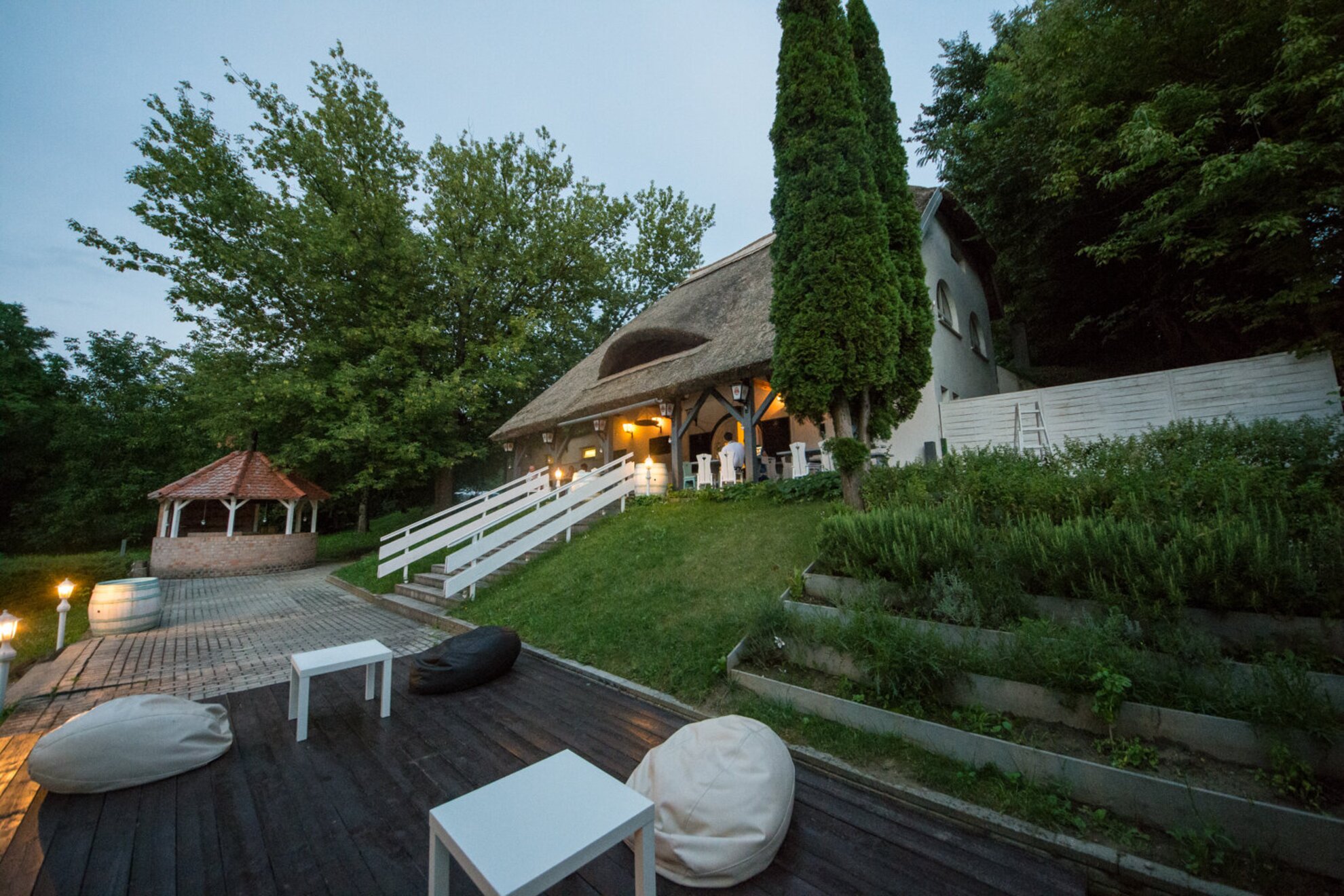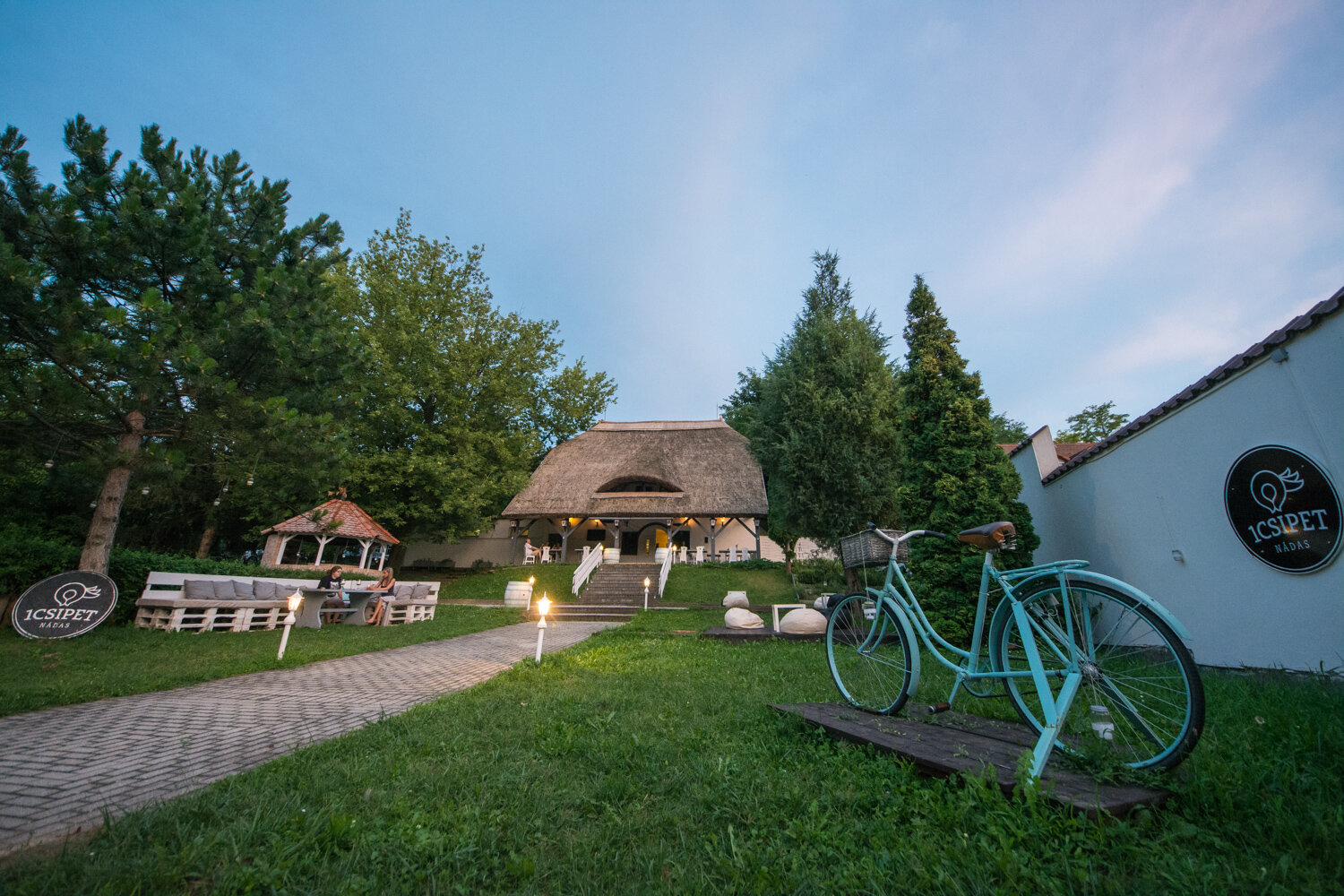There’s no need to fight your way through the reeds for a good meal. All you have to do is visit the tranquil scene of Siófok-Töreki. With a beautiful garden, its own squirrel, homemade syrups, and a new thematic menu every week, Egy Csipet Nádas is a real Mecca for peace lovers.
It’s not necessary to point out right away how you probably have never heard of Töreki, a genuinely solitary part of Siófok, because it's no longer that remote at all. First of all, this little corner of Balaton is where Samsara, one of the most important psychedelic festivals of Hungary is held every year, and it’s also the green lungs of Siófok with its chain of lakes and its jungle-like green hell and study trail. Egy Csipet Nádas restaurant can be found in this ideal setting, and thanks to the signs posted along the way, it’s not too difficult to reach despite its especially secret location.
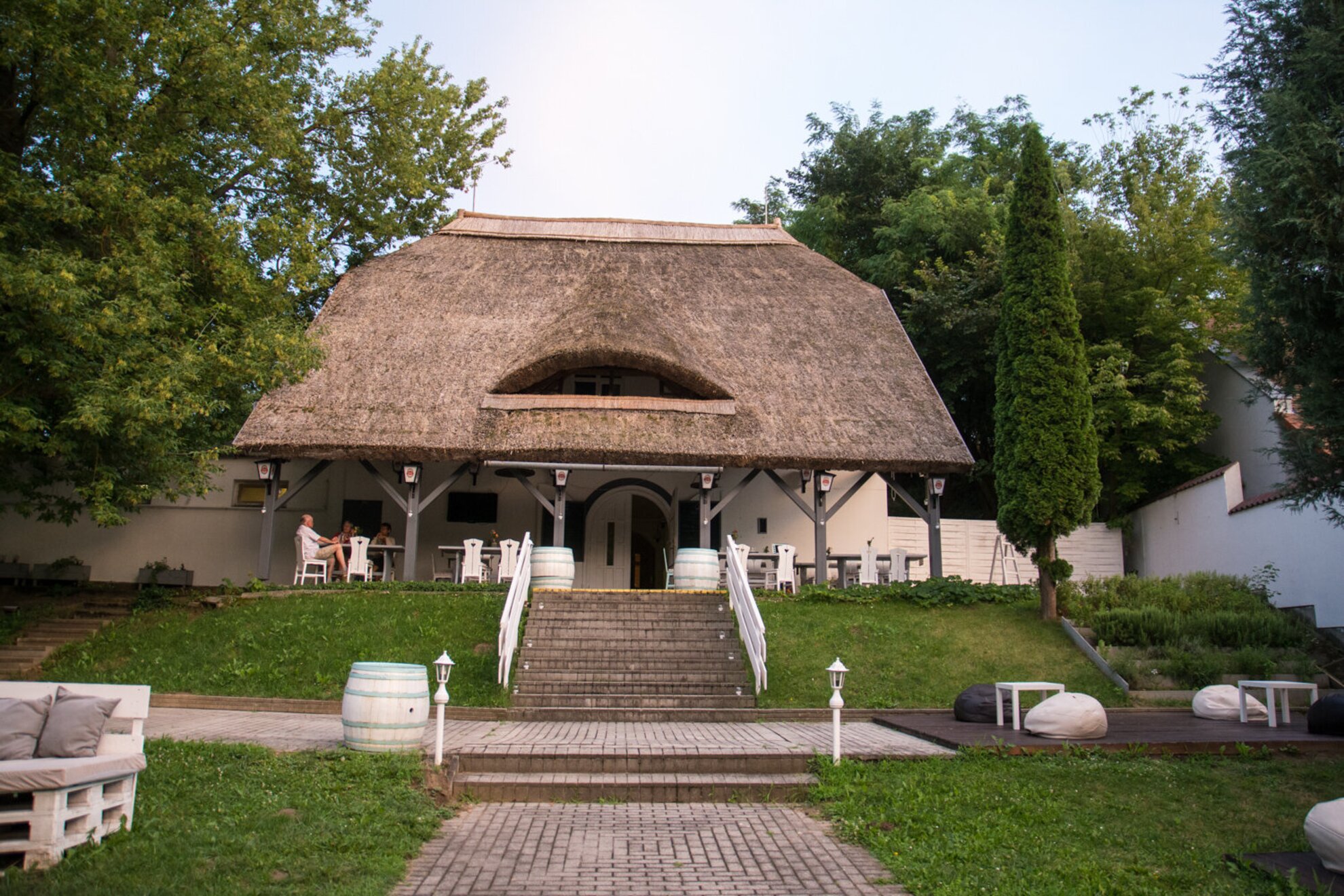
The restaurant of Attila Majoros is characterized by absolute peace and undisturbed silence. Sited in a charming valley, the building has a spacious cellar often used for events as well as a neat garden. What’s special about this place is that they always have a special dish prepared: the menu features nine fixed items, but every week there’s a new theme and a new chef invited to contribute to the magic. Thai week is a recurring event, and sometimes it’s beef that takes center stage. During our visit the restaurant’s two young chefs cooked up a feast in an epic faceoff.
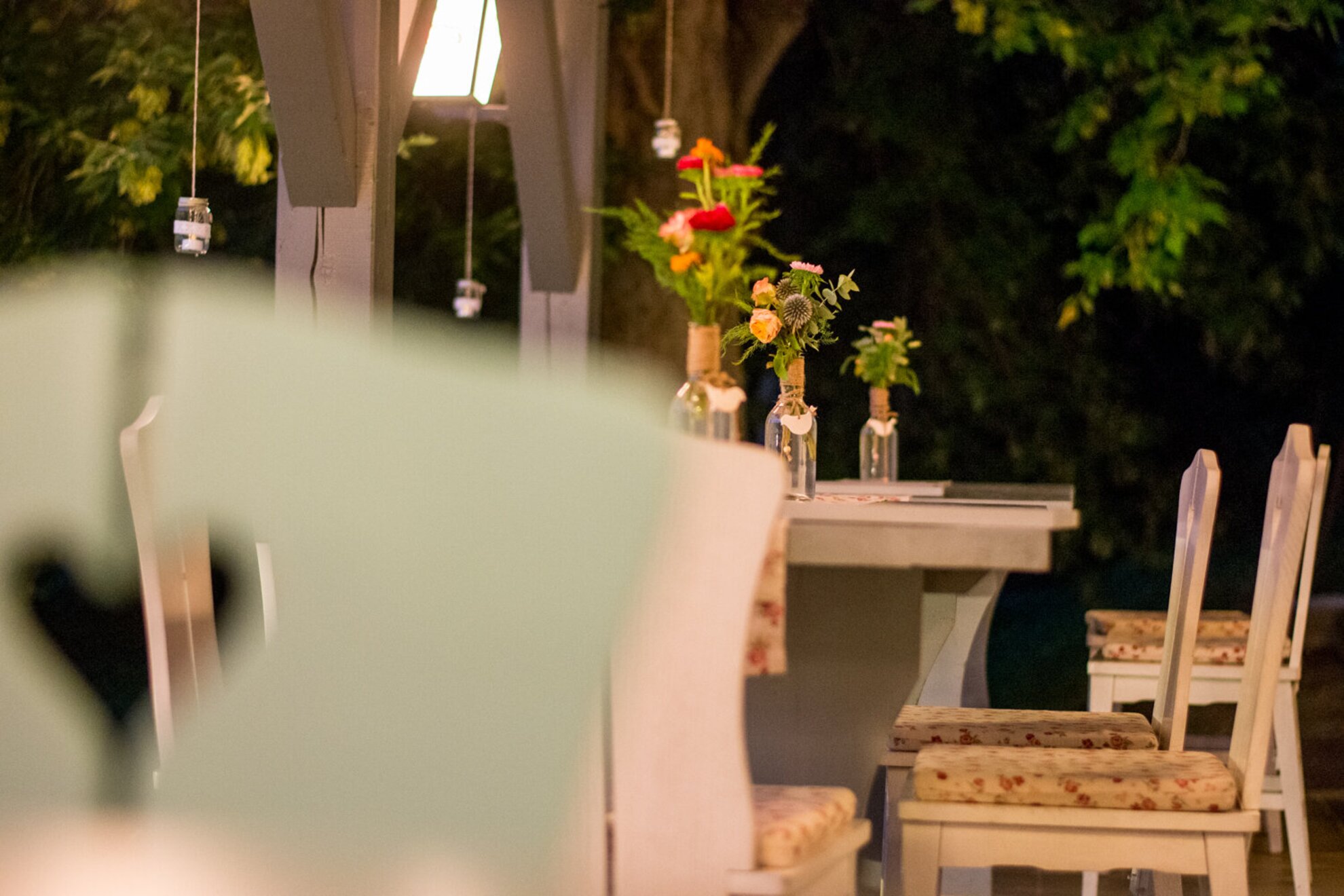
“We’re a small eatery,” Attila Majoros, the founder of the restaurant sets the tone of our conversation. For him it’s the above-mentioned peace that’s important: guests can roam the grounds or lie down on the lawn after lunch or dinner. There are no constraints, but there are bean bag chairs. The chill factor is so strong here that they even have their own squirrel and pigeon in the trees. “If we’re surrounded by a forest, it makes sense to do things that are worthy of the setting,” says Majoros, who wants to provide his customers with a real gastro experience. He’s doing a good job: he managed to impress a noted Hungarian TV chef named Lázár Kovács a few days before we dropped in.
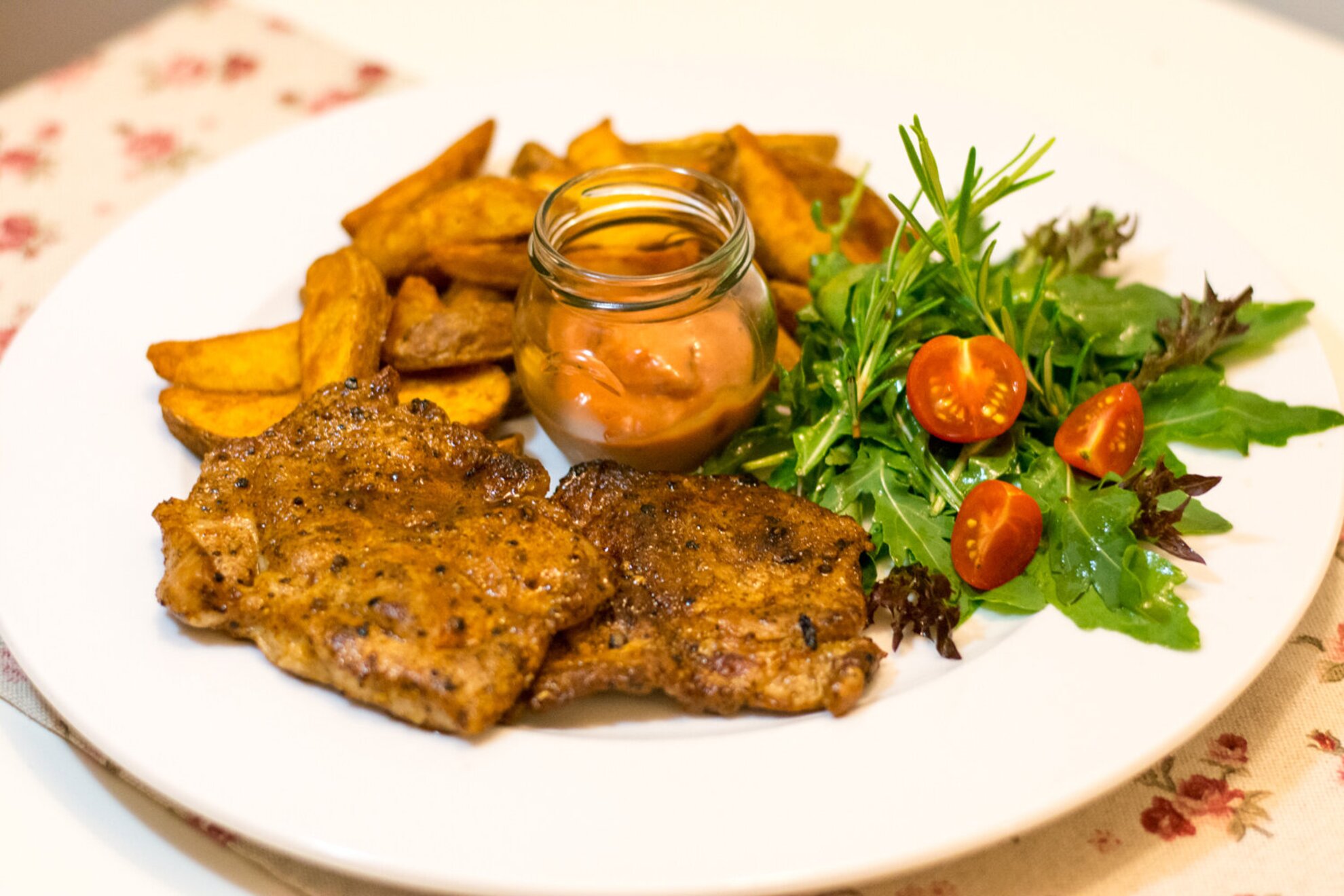
Built in 1995, the restaurant has gone through lots of changes in terms of character and theme. Majoros eventually took over this part of the family business, and started molding it based on his own ideas. He never runs out of plans, and his ultimate aim is to create a manufactory-style eatery. Almost everything has been repainted in the outdoor area, including the light colored furniture. He bought a bicycle to use as a decorative piece in the garden, and even though it’s stationary, you can turn the pedals to generate electricity, which can come in handy if you need to charge your phone.
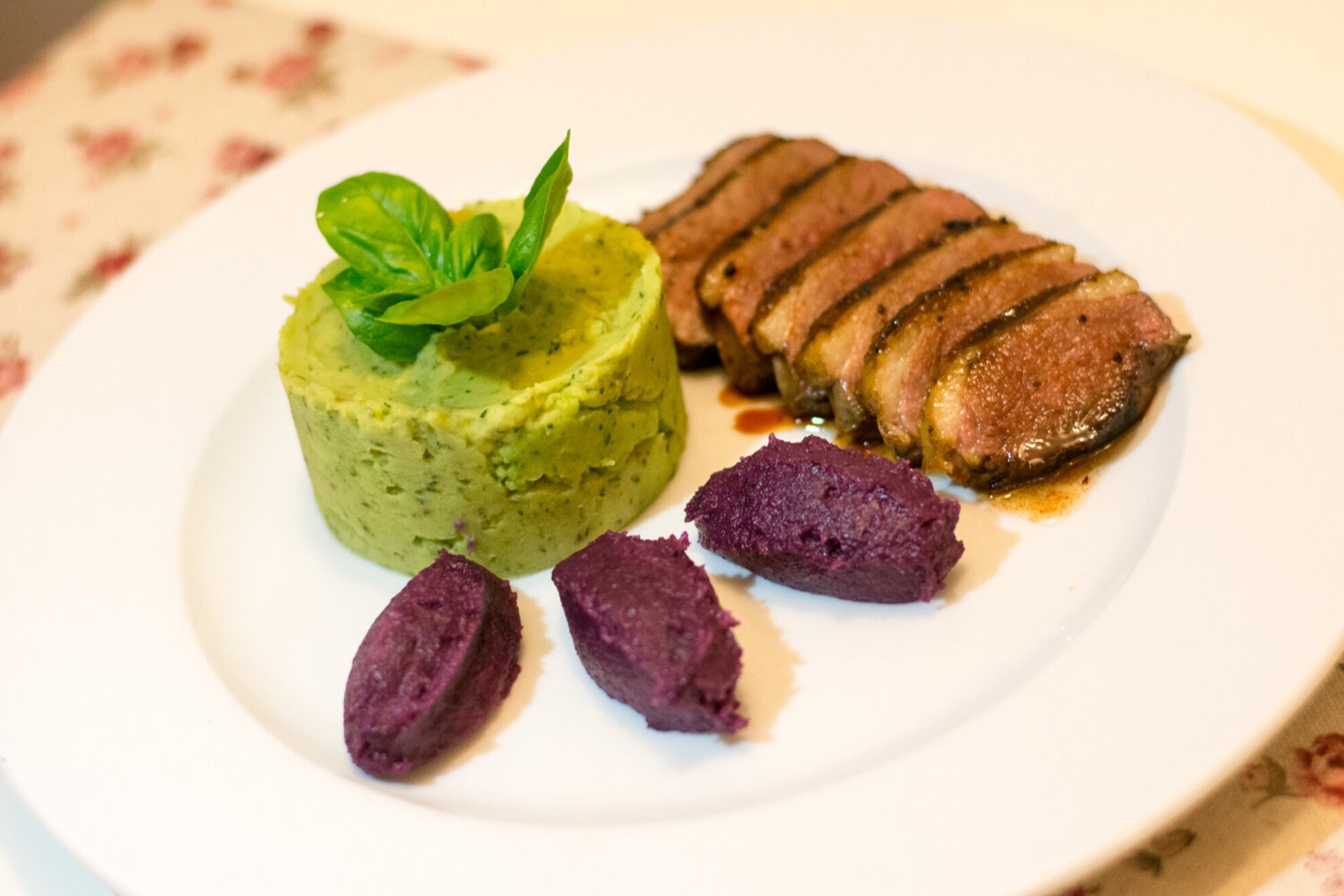
Manna on your plate
The restaurant places great emphasis on producing its own ingredients: in the garden they grow vegetables and herbs like lettuce, tomato, dill, mint, and rucola, and the syrups are made by the owner. Local wines are a big part of the selection; certain vintages come from Balatonfőkajár, for example, but Majoros also loves the products of Tarjányi Cellar in Eger; he says you can see they are motivated by love to make excellent wines. In the long run, his goal is to have small, romantic, vintage style cottages built nearby for guests to stay at.
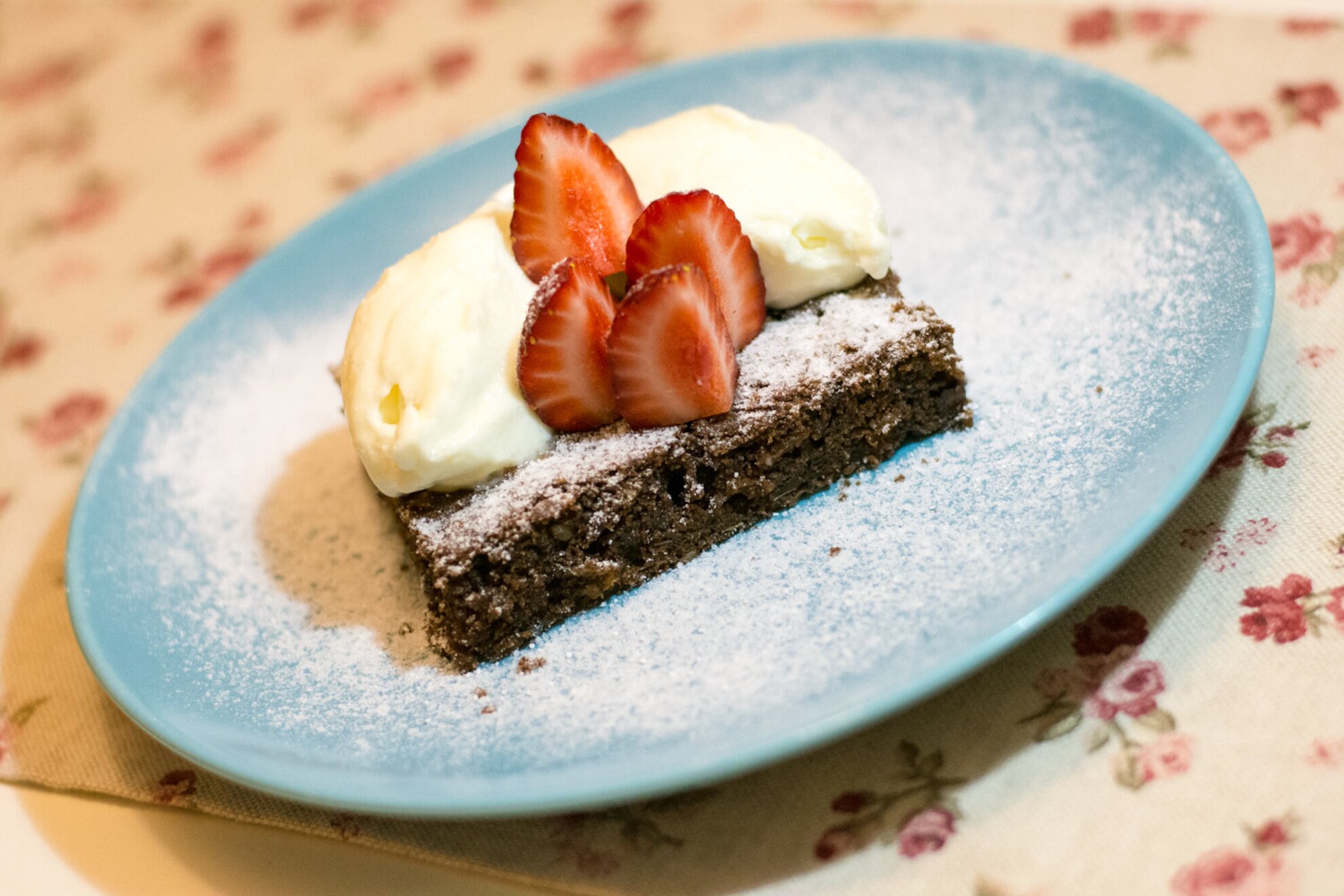
We tried the broiled chucks with balsamic vinegar, parmesan cheese, rucola, potato wedges, and “egy csipet” sauce (2,890 forints); our favorite aspects were the seasoning of the meat and the chili-infused sauce. The other main dish we sampled was honey and chili duck breast with mashed potatoes spiced up with balsamic vinegar and red cabbage cream (3,490 forints), which would definitely be approved by a Czech gourmet (even Švejk himself). We picked an appetizer as well, namely mozzarella wrapped in bacon, served with a cantaloupe salad (1,100 forints); all we can say is it was basically summer summed up on a plate. At the end of our meal we tested two desserts, the lavender cheesecake (1,200 forints) and the zucchini-chocolate sweet bread (kalács in Hungarian) with elderberry-infused mascarpone; the latter was a particularly unique marriage of flavors.
